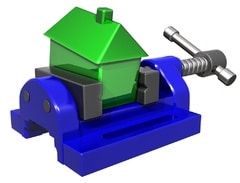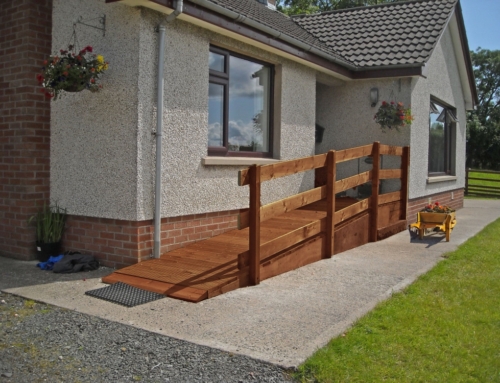Home Equity Line Of Credit is Now More Difficult to Get.
Q: I want to take out a home equity line of credit. I’ve heard a lot in the media about how difficult it is to open up a home equity line of credit and that the big box lenders are all clamping down on home equity loans.
I’m wondering if the process of taking out the loan would be easier if I use my current mortgage lender or if I should shop around for the best deal. At the moment, we only have one mortgage.
A: In the current market, I’m not sure going to your current lender or any other lender for a home equity line of credit will be “easy.”
In today’s real estate market getting an equity line of credit (HELOC) has become quite difficult. In some cases that difficulty is due to declining real estate values but in other cases, some lenders aren’t as enthusiastic about giving home equity lines of credit (HELOCs).
This type of loan is sometimes referred to as a home equity line of credit, home equity credit line, equity line of credit, HELOC, or home credit line. But they are all the same. This type of loan enables you to tap the equity you have on your house, from time to time, pay it back and re-borrow the funds. The loan works like a credit card but the interest rate is usually much lower and you use your home as collateral for the loan. That means if you fail to make your payments on the equity line of credit, you could lose your home.
Why are these home equity lines of credit loans so hard to get? HELOCs and home equity loans (HELs) are considered second mortgages. In the recent housing market collapse, second mortgage lenders have received little or nothing when a home is sold in a short sale (where the sales price is less than what is owed on the loans) or the first lender takes back the home to satisfy the debt owed and forecloses on the home. In that case, the second lender gets zilch.
Second mortgage lenders have eaten billions of dollars worth of these loans, and have seriously tightened their borrowing requirements. Four years ago, you basically needed nothing more than a pulse and a decent credit score and credit history to get a home equity line of credit (HELOC) or home equity loan (or a second mortgage on your home) for $30,000 or more. Today, you’ll need a stack of documentation, plus you have to have significant equity in your home.
Start by going to your current lender’s website to see if your lender offers HELOCs and if the interest rate on those HELOCs is competitive with what other lenders in your area are offering. If there’s nothing about home equity lines of credit (HELOCs) or second mortgages on their website, you might want to move on to a different lender. If they’re not flaunting the interest rates on their HELOCs, or if the interest rate being offered is significantly higher than what other lenders are offering, it’s safe to assume they don’t want your business to get a second loan on your home.
Once you have determined whether your current lender is or isn’t in the market to give out HELOCs (or if their interest rate is competitive), you can decide whether you should approach them.
Some lenders will only give you a HELOC up to 70 percent of what the bank thinks your home is worth. If there have been declining values in your area, you might be surprised to find out that you don’t qualify for a HELOC or any other type of second loan on your home because your current loan exceeds that 70 percent debt-to-value number based on what the bank feels your home is now worth.
If you know that your current loan is somewhat less than the 70 percent debt-to-equity mark, you might be able to get a small HELOC but you may be surprised by the interest rate offered.
During the real estate boom years, you could get variable rate HELOC at “prime minus 1.” That means that your interest rate would float based on the prime rate which is currently 3.25 percent less 1 percent for an effective interest rate of about 2.25 percent.
These days, lenders are offering far less advantageous rates. In some cases, rates offered today may be as high as the prime rate plus 2 percent or more.
Some lenders will offer lower HELOC rates based on a greater loan amount, so shop around.
And remember, most home equity lines of credit have interest rates that float. That is to say, the amount you pay in interest on your loan can increase and decrease on the amount you owe depending on whether the Prime Rate goes up or goes down. If your loan is tied to the Prime Rate and the rate you get is Prime plus 2, if the Prime Rate goes up by 1 percent, the interest rate on your home equity line of credit will also go up by 1 percent. Second mortgages on homes — also called home equity loans — can be fixed rate loans but these loans generally all get funded upfront. You get all the money when you take out the loan. With a home equity line of credit, you can take money out and pay it back and reborrow the money and pay it back, again and again.
Recently, many lenders have reduced the amount of credit borrowers can have on their home equity line of credit on the basis of the lender’s estimate of the home’s value. Some homeowners have started to sue lenders for cutting their home equity lines of credit or reducing the amount they have available on their lines of credit. Stay tuned to the outcome and come back to our site for more information.







Leave A Comment